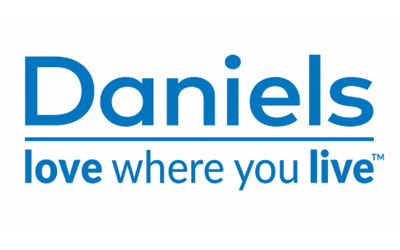Canada’s top real estate development and accessibility leaders today launched the Accelerating Accessibility Coalition (AAC). The AAC is a first-of-its-kind coalition that is challenging home builders to make physical accessibility a greater priority as they build the millions of new homes needed across Canada in the next decade. ULI (Urban Land Institute)’s Toronto District Council will serve as the coalition secretariat and leverage its platform as one of the largest chapters in the global ULI network to shine a spotlight on this issue and mobilize change.
At an event at the World Urban Pavilion – Powered by Daniels in Regent Park, AAC members called on industry organizations and leaders to step up, join the coalition, and commit to the learning that will lead to building new housing that is accessible to people of all ages and abilities.
The AAC is built on the belief that accessible housing benefits everyone. A sign of an inclusive and prosperous country is where people of all ages and abilities can participate fully in society. This includes having access to barrier-free homes. For Canada to fully realize this vision, the supply of accessible housing needs to match the important demand.
According to Statistics Canada, in 2017, 6.2 million (22 per cent) Canadians aged 15 years and over identified as having one or more disabilities. More than half (55.8 per cent) reported having a physical disability. Among those with physical disabilities, 44.9 per cent required at least one type of aid or assistive device or an accessibility feature within their home. This could include ramps, a walk-in bath or shower, lift device or elevator, lowered counters, or automatic doors.
Yet many Canadians living with disabilities face significant barriers related to homes and facilities. As the population continues to age the challenges will continue to increase.
